Gold Half Hunter Pocket Watches: History & Valuations
A gold pocket watch would always have been a prized possession even if it was in regular use. Gold Half Hunter pocket watches (also known as demi savonnette watches) have a hinged metal cover that protects the delicate face of pocket watches from damage, scratching and dust, there is an opening in the lid that allows the time to be read without the need to open the cover.
Half Hunter pocket watches have a small window or aperture on the cover, allowing the user to tell time without fully opening the watch. This feature was especially useful for gentlemen who needed to check the time discreetly during social events or meetings.
Gold pocket watches gained popularity in the 17th century and quickly became a symbol of wealth and luxury. They were often handed down as family heirlooms and were treasured possessions that were passed down from generation to generation. The intricate designs and expert craftsmanship of these watches made them highly desirable among collectors.
In addition to their practical use, gold pocket watches also served as fashion statements. They were often adorned with intricate engravings, precious gemstones, and elaborate designs. Some even had hidden compartments for storing personal items. These features made them not only functional but also a status symbol for the elite.
Find Me A Specialist Pocket Watch Valuer
How To Sell: Auction or Private Sale?
Mark Littler Ltd. are one of the only independent advisers in the antique industry. We offer trusted, independent advice to help you sell your Pocket Watch for the highest possible price.
Selling at an auction might provide your watch with greater exposure. However, with a combined average of 45% in gross buyers’ and sellers’ fees, this approach might prove to be a false economy.
Conversely, finding a private buyer for your pocket watch through our services could net you 33% more than if you sold it via auction, as our fees are only 12%.
What We Do For You
Simply fill in your contact details below and you will get an automatic referral to a leading pocketwatch auction expert who will give you an auction estimate and advise on how to sell with them. We will also see if we are able to get any offer from our private clients.
If we get any offers we will send these within 4 days. All offers are without obligation and there are no fees to pay us if you decide to sell at auction.
Pocket Watch Valuation Tips
To get the most accurate valuation of your pocket watch simply ensure you provide the following information:
- Include the width of the pocket watch across the dial but DO NOT include the winder or bow in this measurement.
- Let us know if the watch is working – just knowing that it ticks when wound is enough.
- How heavy is the watch? While we can value pocket watches simply by looking at the images, if you can let us know the total weight of the watch (in grams) then we can be a lot more accurate.
- PROVENANCE! Who owned the watch before it came to you? Perhaps it was a family member who fought in a war, or a relative who had friends in high places. These stories matter and can impact the value of the watch more than you think.
- Boxes and paperwork. Does the watch have its original box and paperwork? If so let us know as this will make a difference to the valuation.
Expert Pocket Watch Valuation
Use the form below or send images of your pocket watch to be connected with a pocket watch expert.
What Our Customers Say
What To Look For In Your Half Hunter Pocket Watch
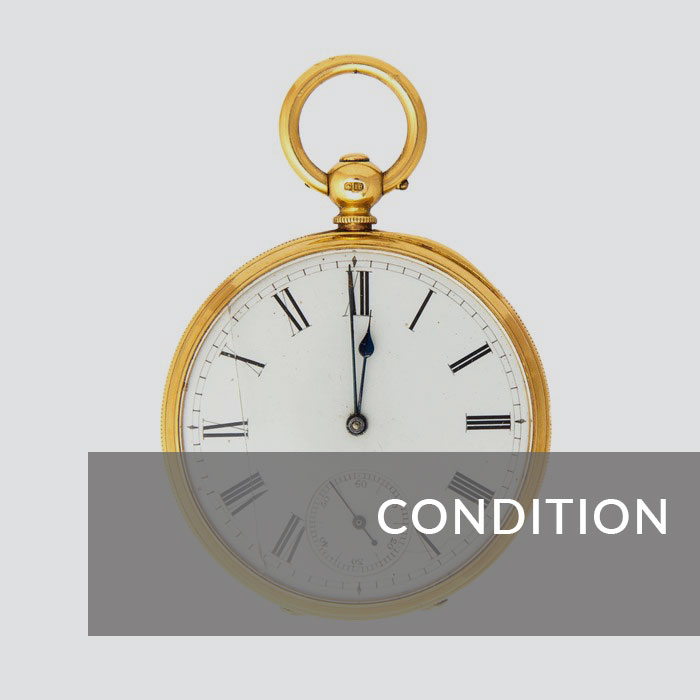
Condition/originality
The condition and originality of a watch has the greatest bearing on its value. What could outwardly appear to be a rare 17th century verge pocket watch, may have had a large proportion of its movement replaced or cannibalised over the years (replacement dial etc). These changes might only be known to a watchmaker or collector so a guarantee of originality will positively impact the value if you are looking to sell.
The outward condition of the watch is easier to assess yourself. Cracks to the dial, worn cases or erased presentation engravings can negatively impact the value of a pocket watch.
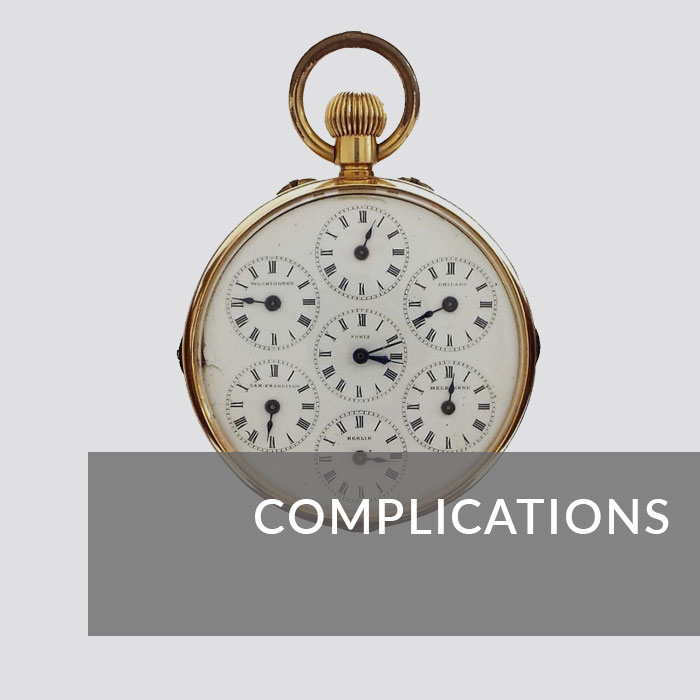
Complications
Very broadly speaking, the more complications the greater the value of the watch. Minute repeaters are some of the most sought-after complications as well as: tourbillon, split-seconds chronograph (or rattrapante), chronometers, perpetual calendar and phases of the moon, to name but a few.
If your watch has only the repeating complication then the repeating frequency (hour, quater, minute etc) will impact the value. With rarer repeating frequencies generally more sought after. Quarter repeaters are the most common. The mode of repeating (bell, gong, vibration) will also have an impact.
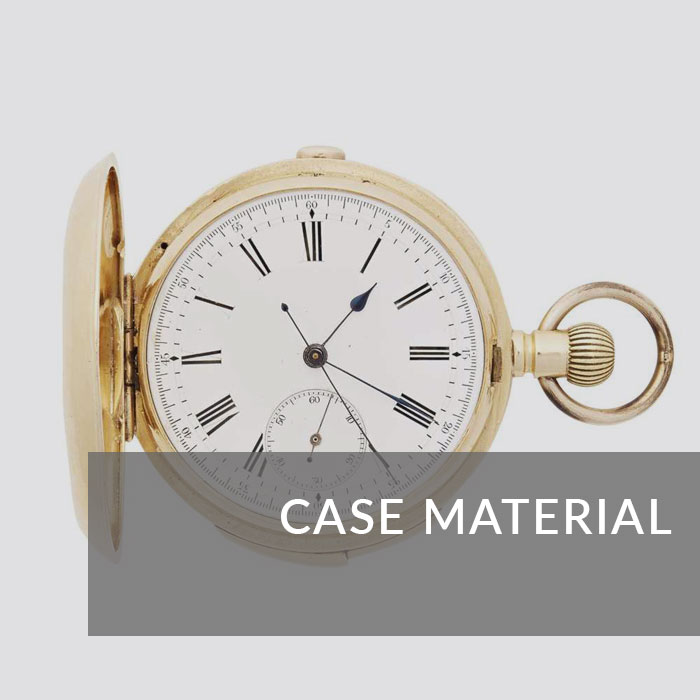
Case material
With the exception of watches with ‘out of the ordinary’ movements or features (chronometers etc) the case material can have a significant bearing on the value of the watch. Generally speaking 18ct gold pocket watches are more valuable than 9ct gold pocket watches, silver pocket watches and gold or silver plated pocket watches are worth less again.
The most obvious example of this can be seen with gold cased watches: three seemingly identical watches with identical Waltham movements could be several thousand pounds different in value depending on the case material, i.e. gold plated vs. 9ct gold vs. 18ct gold.
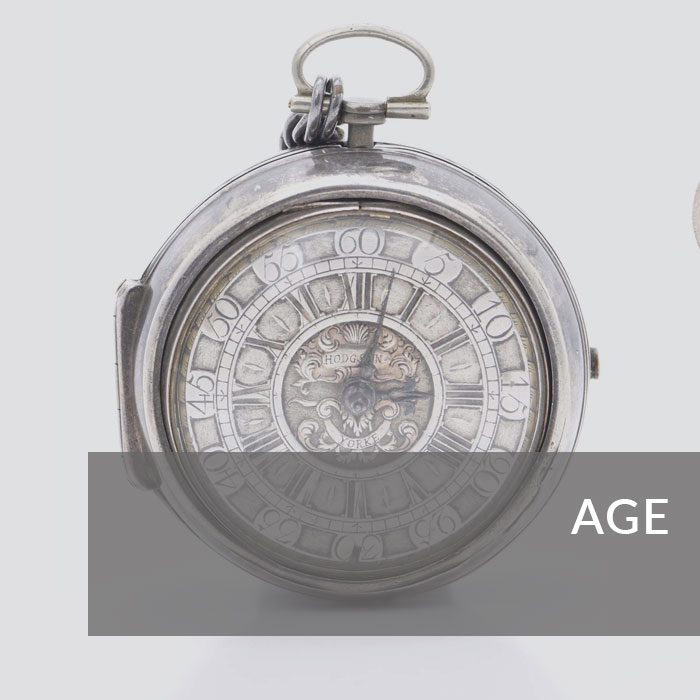
Age
The most expensive pocket watch ever sold at auction was only made in 1933. The price of the Vacheron Constantin Reference 57260 was not released, but it is fair to estimate that it is likely the most expensive pocket watch ever produced, and was only made in 2015.
As such the age of a watch does not necessarily invoke a high value. For example, pair cased silver verge watches from the reign of George III can be sold for as little as £100 at auction (condition dependant) yet an Edwardian minute repeater can easily sell for £1,000+.
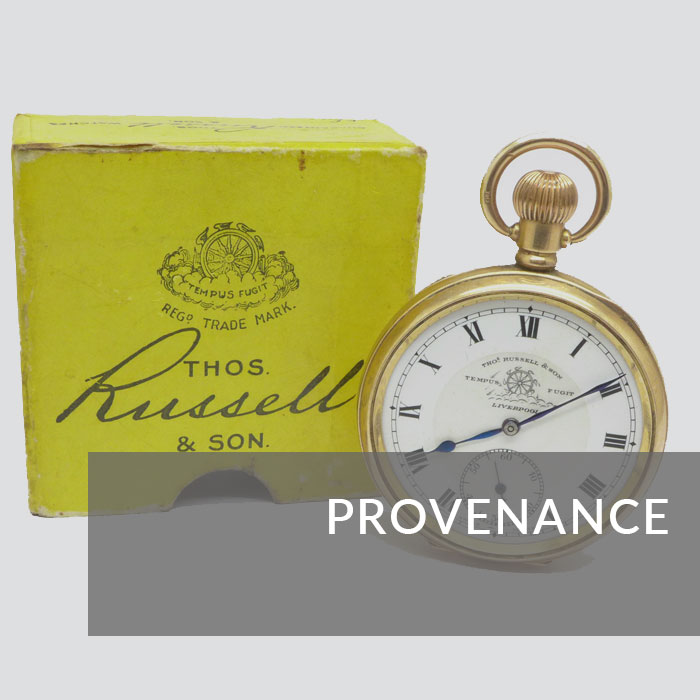
Provenance & certificates
Provenance can add a significant amount of value to a watch and sometimes the provenance will be of more value than the watch itself.
A good example of this would be a watch that could be proven to have been on the Titanic; the story attached to the watch is what would be valuable rather than the pocket watch itself.
The original chronometer certificates, receipts, boxes and paperwork can also add significant value to a watch when they are still present.
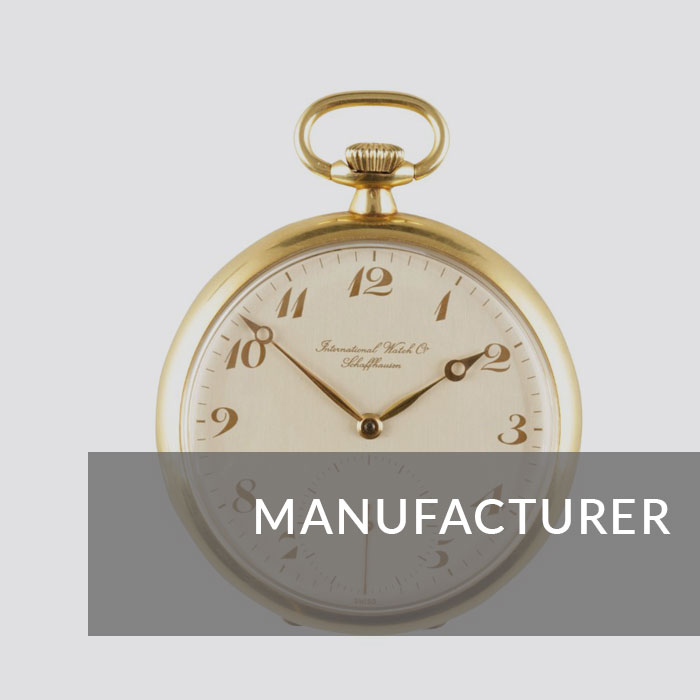
Manufacturer
In alphabetical order here is a list of some manufacturers that command a significant premium:
- Audemars Piguet
- Breguet
- Harrison
- IWC
- Massey
- Mudge
- Omega
- Patek Phillpe
- Perrelet
- Rolex
- Tiffany
- Tompion
- Vacheron Constantin
- Zenith
The History of Half Hunter Pocket Watches
The earliest watches date to the 1500s. They had just one hand and their accuracy varied by as much as 15-30 minutes a day. Glass and crystal was not used to protect the face of the pocket watch until around 1630 and even then they were still prone to scratching and dust.
A Hunter pocket watch, also known as a Savonnette watch, was the solution to this issue. A solid lid would cover the face to protect the hands and crystal. This was usually spring loaded so that the cover would pop open at the press of a button to allow the time to be read. Classic Hunter watches have the hinge at the 9 O’clock position and the crown/release button at the 3 O’clock position.
Hunter pocket watches were robust and allowed additional surfaces for decoration but were ultimately a bit cumbersome to use. The Half Hunter (also known as the demi savonnette watch) was the solution to this as the case had a small opening through which the time could be read without the need to open the case.
This was a temporary fix as the accuracy of the time through the window was reduced and the seconds hand could usually not be read.
Half Hunter is the term used for these watches in Britain and comes from who the style of pocket watch was most popular with. Hunter pocket watches were very robust and were popular with hunters, who could retrieve and open the watch with one hand while the other held the reigns of their horse or their gun.
Demi Savonnette is the French term for the half Hunter pocket watch, and comes from the shape created by the additional cover on Hunter watches, which is said to resemble a round bar of soap; a Savonette in French.
For a complete history of the development of pocket watches from the 1500s to pocket watches in the twentieth century please see our page on gold pocket watches.
